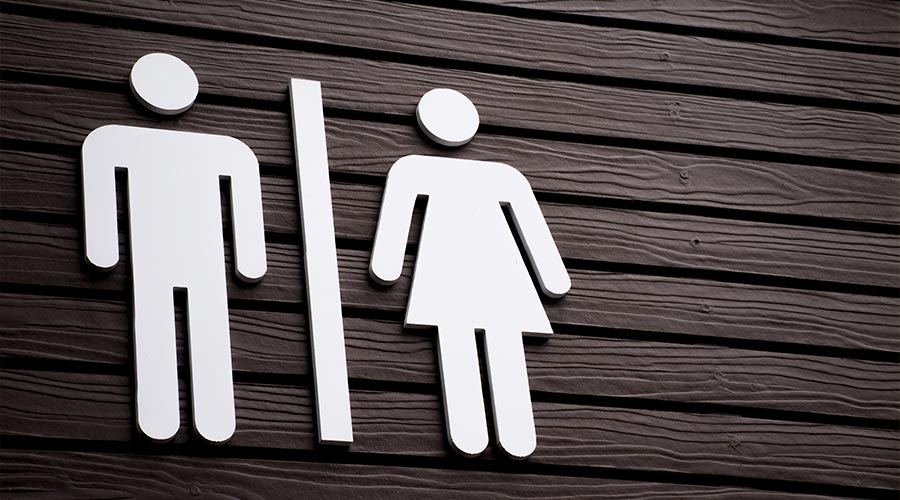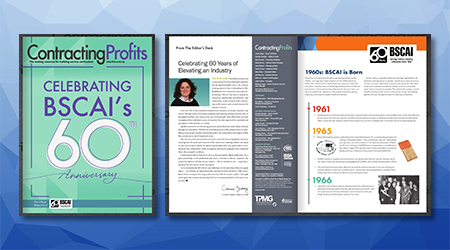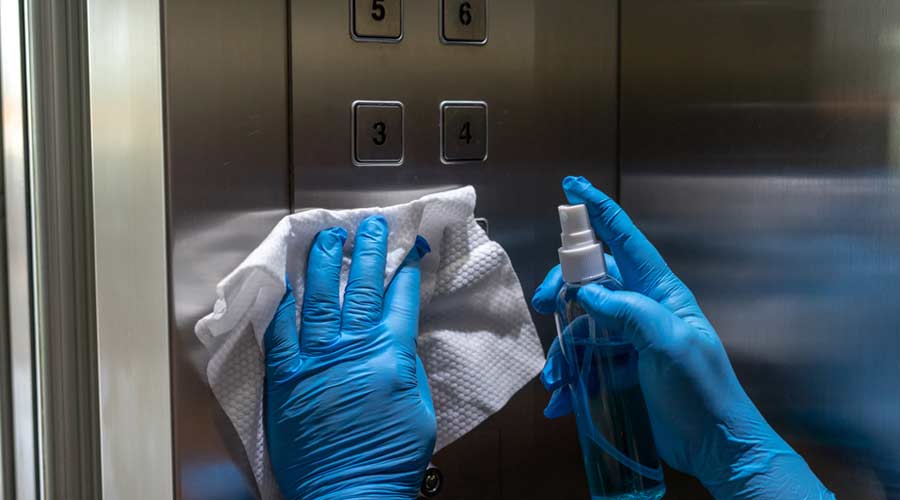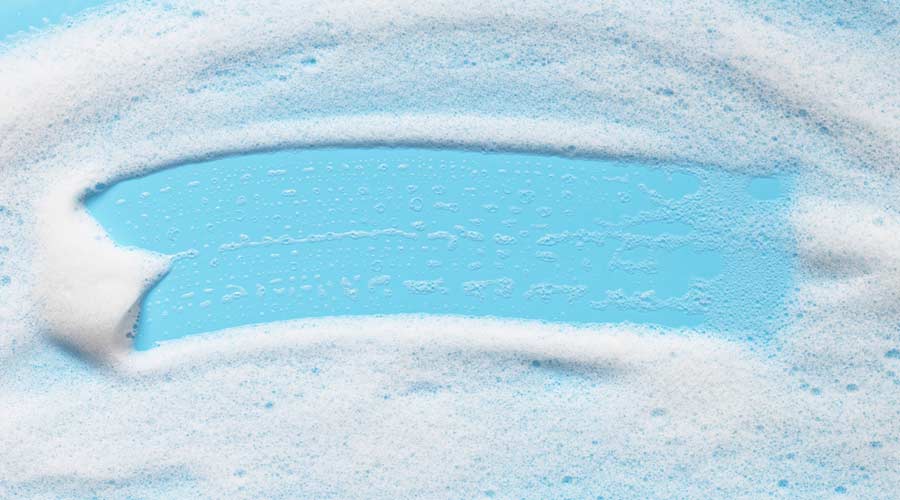
The commercial restroom space has undergone a significant transformation in recent years, driven largely by the higher occupancy of commercial space and the increased demand for cleanliness and disinfection. Because of this, building owners and facility cleaning managers are responding. Many are spending on restroom upgrades and enhanced technology, which is expected to reach $396 million by the end 2025.
Increased Foot Traffic
There are a growing number of mandates across all industries to bring staff and occupants back into facilities. This means that previously unoccupied space will soon be populated, if not 100 percent, then at least substantially more than in post-COVID years. As building occupants and visitors expect sanitary, clean restrooms, jan/san professionals are seeing more property owners and managers rapidly adopting higher-tech technology solutions.
Sensor-activated soap and paper towel dispensers, touchless faucets, and auto-flush systems, for example, have become the standard instead of the exception in public restrooms across the country, reducing touchpoints and enhancing hygiene. The hospitality industry was an early adopter of these technologies, completing over 5,400 hotel restroom upgrades just one year after the pandemic. As travel continued to rebound, other high-traffic spaces such as airports, sporting venues, and more have also adopted these touchless technologies, recognizing that a hands-free experience enhances hygiene and streamlines cleaning efficiency.
Building owners and facility cleaning managers are now looking at their buildings differently, increasingly turning to IoT (Internet of Things) to improve efficiency and cleanliness. Gone are the days of cleaning teams addressing restroom cleanliness only on a timed schedule.
IoT smart systems allow crews to monitor product levels and usage patterns in real time. This allows for cleaning staff to be deployed more efficiently and address issues proactively rather than relying on a fixed schedule.
The benefits of these smart restroom systems also help address staffing challenges faced by building owners and cleaning service providers by optimizing cleaning routes and focusing resources on the areas of greatest need.
Smart Feedback is the Future
The latest innovation in the restroom is the wi-fi-enabled "smart feed" monitoring system, which allows users to rate their experience as they exit the restroom. Cleaning staff are alerted to problem areas via an app or text. This real-time feedback on issues such as an empty dispenser or a dirty sink is then instantly relayed to the frontline cleaning team, enabling them to address problems immediately.
This technology has been recently appearing in airports, Class A office buildings, and other high-traffic spaces. Many in the industry expect more facility cleaning managers to introduce “smart feed” technology over the next several years to improve restroom hygiene, as well as user satisfaction.
When thinking about the transformation of commercial restrooms, consider this statistic: In the U.S., there are eight public restrooms for every 100,000 people. That is a tremendous amount of cleaning that needs to take place. As more workers return to the office and traffic in public restrooms continues to increase, more building owners and managers will be leveraging the power of technology to meet the expectations of their tenants and guests.
Dale Franke is the Vice President of Sales and Marketing at Acme Paper and Supply Company, one of the nation's largest suppliers of sanitation solutions, disposable food service packaging, restaurant equipment, and supply, retail and industrial packaging, as well as custom-designed packaging. Franke has nearly 30 years of experience in the facility supply industry and more than 10 years of experience in sales leadership.

 Celebrating BSCAI's 60th Anniversary eBook
Celebrating BSCAI's 60th Anniversary eBook The Down and Dirty on Cleaning in Virus Season
The Down and Dirty on Cleaning in Virus Season How Surfactant Use is Expanding in Commercial Cleaning
How Surfactant Use is Expanding in Commercial Cleaning